Let’s focus today on a most unusual German division, the “mongrel” 91. Luftlande.
FORMATION
The 91. Luftlande was formed on January 15th, 1944, in Baumholder, Germany. Although a Heer (Army) unit despite its name (Luftlande standing roughly for Airmobile), it was created with the intended purpose of being entirely deployable by air. Its role was to be used as a follow-up unit during an air or seaborne assault: once the first wave of assault troops would have landed and secured an enemy airfield, such an airmobile division could be airlifted straight into the combat zone.
To that effect, the division was stripped of most of a regular infantry division’s vehicles, had no supporting armors nor heavy Flak guns, and its artillery was made up of mountain guns, lighter but also of shorter range than their army counterparts. 91. Luftlande was first placed under the command of Generalleutnant Bruno Ortner, the latter was quickly replaced by Generalleutnant Wilhelm Falley.
Yet, the division’s intended role was soon forgotten and the 91. Luftlande transferred to Reims, France, as a regular (although under-equipped) infantry division. In May, it was moved again, in Normandy this time, to defend the Sainte-Mère-Eglise sector.To bolster its strength, 91. Luftlande was given authority, before or after D-Day, over several independent units stationed in the area:
- 6. Fallschirmjäger-Regiment, an oversized elite airborne regiment under the command of the stern Oberst von der Heydte.
- Panzer–Ausbildungs-und-Ersatz–Abteilung 100 (PzAuE 100), an armored training battalion entirely equipped with French captured tanks (R-35, H-39, …), save for a few command Panzer III.
- StuG-Abteilung 902
- artillery batteries (many with captured Soviet guns)
- …
D-DAY
Wilhelm Falley, like many other high-ranking German officers, was in Rennes on June 5th, where a Kriegspiel had been taking place. Yet, unlike others, he didn’t take the opportunity to remain in the capital city of Britanny to enjoy a leisurely evening. Thus he was on his way back to his division’s HQ near Sainte-Mère-Eglise when waves after waves of planes flew over his head in the darkness, dropping American paratroopers all over Cotentin. Ordering his driver to speed up, Falley was only a few kilometers from his destination when at 1 AM, June 6th, his staff car fell into an ambush laid by First Lieutenant Brannen, 82nd Airborne. The car was riddled with bullets, crashing into a wall. Inside, Falley was dead: killed one hour into D-Day, he was among the very first German casualties and the first German general to be killed during the battle of Normandy.
Despite Falley’s untimely death and his successor, Oberst Eugen König, not being appointed before June 7th (and only taking command on June 10th), the 91. Luftlande quickly reacted to the Allied invasion and identified the 82nd Airborne‘s main objective: Sainte-Mère-Eglise, which had fallen to the paratroopers near 5 AM. At first light on June 6th, 91. Luftlande‘s 1058. Grenadier-Regiment attacked the city from the North, while its 1057. supported by PzAuE 100‘s tanks did the same from the West, with von der Heydte’s Fallschirmjäger holding the South. Although the Northern pincer achieved some successes, the Germans failed in recapturing the strategic city.
A BRIDGE OVER TROUBLES WATER
The Western pronged of the attack on Sainte-Mère was hampered by the fact that rear elements from 1057. Grenadier-Regiment were themselves attacked by other American paratroopers which had landed behind them and captured the bridges over the Merderet River, thus cutting the regiment in two.
At 2 PM on June 6th, other elements from 1057. Grenadier-Regiment still on the Western bank attacked the bridge at La Fière, supported by a Panzer III and three R-35 & H-39 tanks from PzAuE 100. Yet, despite the Americans having only two bazooka teams as anti-tank defense, the 1057. lost its three Beutepanzers and failed again to recapture the key position.
Such encounters took place all along the Merderet river’s crossings, all of them staunchly held by American paratroopers … but unlike depicted in Saving Private Ryan‘s final scene, there were no hardcore SS nor Marder or even Tiger tanks involved. Apparently, lowly Luftlande‘s Grenadiers & French 1940 tanks weren’t deemed sexy enough for the movie’s grand finale. 😉After its failed counter-attacks on D-Day and the next days, 91. Luftlande went mostly on the defensive once the first American tanks from Utah Beach reached the paratroopers’ positions. The division, lightly equipped as it was, had its chance against the equally light paratroopers in the first hours of the operation, but that opportunity was now gone.
LIONS OF CARENTAN
Yet, von der Heydte’s 6. Fallschirmjäger-Regiment, attached to the 91. LLD, was at that time more or less fighting on its own South of Sainte-Mère-Eglise, near Carentan. The city was as important as Sainte-Mère-Eglise and assigned to the 101st Airborne. But the latter had been much more dispersed by the drops on D-Day than the 82nd and wasn’t able to regroup to assault the city before June 10th. By then, the Fallschirmjäger had secured Carentan and were resolute to hold it at all cost.
For two days, von der Heydte’s men held most of the town, launching counter-attacks to expel the few American penetrations. But during the night of June 11th to 12th, almost out of ammo and with no reinforcements in sight, the Fallschirmjäger withdrew from Carentan, only leaving a rearguard in its outskirts. The latter still held off the Americans for a few hours on June 12nd’s morning but was quickly overwhelmed.
Having finally been able to resupply, and with help from the belated 17. SS-Panzergrenadier-Division, 6. Fallschirmjäger tried to retake the city: on June 13th, it came very close to succeeding but was foiled in his attempt by the heroic resistance of Easy Company, 506th PIR, and the untimely arrival of the 2nd Armored Division‘s Shermans, during the battle of Bloody Gulch.
Although it ultimately fell to the Americans, von der Heydte’s Fallschirmjäger earned the nickname “Lions of Carentan” for their tenacious defense of the city.
RETREAT TOWARD CHERBOURG
While the 6. Fallschirmjäger was fighting in the South of the Cotentin Peninsula, the bulk of the 91. Luftlande was under increasing pressure from American troops pouring from Utah Beach and driving West toward Barneville, on the Cotentin’s opposite coast. When that city was captured on June 17th, the German troops in the Northern part of the peninsula, around Cherbourg, were completely sealed off from the South. And most of the 91. Luftlande among them.
For the 91. Luftlande, things had started to get bad when, on June 9th, 2nd Armored Division tanks had appeared along the Merderet River, thus ending any hope of recapturing the bridges by its own means. The next day, the 91. Luftlande‘s new commander, Eugen König, took command. At that moment, the division’s situation was already bleak, but it got worse three days later …
In a most unusual manner, 82nd Airborne‘s paratroopers launched on June 13rd an offensive against the PzAuE 100‘s Beutepanzers, although unsupported by armor themselves. Men charging tanks. But in the bocage, it paid-off, and PzAuE 100 lost, destroyed or captured, about 15 of its tanks in that action. Its last functioning vehicle, a Panzer III, would be destroyed on June 19th near Prêtot, and the battalion itself dissolved on July 1st.
Left without tanks, 91. Luftlande amalgamated elements from other destroyed units, including several Ostbataillonen, yet couldn’t be kept at divisional strength, especially regarding the infantry. On the other hand, it was quite heavy in artillery, with a wide array of gun types (including Soviet ones) and some 20 StuGs attached from StuG-Abteilung 902. Reduced to a mere battlegroup, it was itself attached to other divisions fighting a delaying action toward Cherbourg and surrendered with this city’s garrison on June 26th.
AFTER NORMANDY
Elements of the 91. Luftlande, including its commander Eugen König, had been cut off from the bulk of the division after the Americans captured Barneville. Shortly pulled out of the line and reinforcement with two weak replacement battalions, the “reformed division” was first sent to Saint-Malo to bolster its defense, but finally redirected toward Rennes. König was appointed as military commander of the city with 91. Luftlande (or what remained of it) forming the core of the garrison, with several lesser units attached (FlaK, security units, …). A few thousand men, most of them recruits and mostly armed with machine-guns, Panzerfaust and FlaK guns to stop the US 4th Armored!
On August 1st, the Germans nonetheless inflicted a serious setback to an American armored column parading in front of a heavy FlaK position near Maison-Blanche. But that would be König’s men swansong: from that days, the city was evacuated by its various German headquarters and the fuel & ammunition depots destroyed, but the 91. Luftlande remains as a rearguard. On August 3rd, near Saint-Laurent, it still managed to repel a foray from an infantry battlegroup supported by 704th Tank Destroyer Battalion, inflicting 4th Armored that day its first M18 Hellcat loss.
At 11 PM on August 3rd, König finally received order from general Hausser to evacuate the city to avoid being completely surrounded. But all the main axis of communication were already cut by 4th Armoured, hence the retreat had to take at night, through secondary roads: yet, König managed to escape with the last 2.000 defenders of Rennes.One week later, on August 10th, the 91. Luftlande was finally disbanded, its surviving personnel being regrouped into a Kampfgruppe with the intent of using it as a core to recreate the division at a later date. Pulled out in October, those men were finally used in November 1944 to recreate the 344. Infanterie-Division.
THE 91. LUFTLANDE INGAME
At the wrong place at the wrong moment, 91. Luftlande was engaged piecemeal, deprived of leadership against an enemy already intermixed within its positions. And those were no less than both the 82nd & 101st Airborne! A light division, it had its chance to destroy the airborne bridgehead in the early hours, even days, of Overlord, but soon lost its edge crumbled in the face of the American war machine.
As in reality, 91. Luftlande is at its best in early game. In phase A, it can rely on both extremely cheap and numerous second-rate troops (Ersatztruppen) to hold the line, and the most elite German warriors in Normandy (von der Heydte’s Fs-Jäger and related Fs-Truppen) to lead local assaults or meet any threat head-on. It can also immediately call in light Beutepanzers (Panzer 35R(f) & Panzer 39H(f)) from PzAuE 100 and deliver off-map artillery strikes. A Jack-of-all-Trades, it has a counter to everything or can’t be easily counter itself, as long as one knows which unit to use for the best effect at the proper moment.
Another strong suit of the division is its air support, including early close support (Me 109G2/BR21) and even tank buster (Hs 129 B3) planes. On the other hand, 91. Luftlande isn’t conspicuous by its anti-tank and anti-aircraft guns’ inventory …
Yet, one of the division’s feature somehow makes up for its lack of AT guns: the fact that its artillery is equipped with Soviet gun-howitzers (FK 39(r) & s.Fh 396(r)). Delivering long range indirect fire like any other guns, they can also zero their elevation and engage not only infantry, but also armors with reasonable chances of penetration.
In phase B, the 91. Luftlande gets regular Grenadiers, as well StuGs (including the StuH 42 support gun variant) but its phase A’s edge already shades off.
With Phase C, the division gets massive air and artillery support, such as off-map 380mm railroad batteries, as well as a few armored vehicles (Marder II, PzH Lorraine, …).But by then it is definitively outclassed in the tank & anti-tank categories, and must mostly focus on holding the line.

![falley10[1]](https://eugensystems.com/wp-content/uploads/2017/06/falley101-182x300.jpg)
![MAP10[1]](https://eugensystems.com/wp-content/uploads/2017/06/MAP101-300x239.jpg)
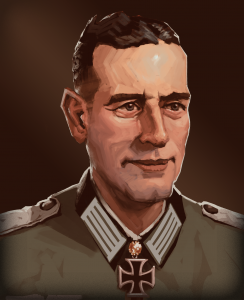
![tanks_10[1]](https://eugensystems.com/wp-content/uploads/2017/06/tanks_101-300x204.jpg)

![carte_10[1]](https://eugensystems.com/wp-content/uploads/2017/06/carte_101-300x184.jpg)
![Germanprisonerscherbourg[1]](https://eugensystems.com/wp-content/uploads/2017/06/Germanprisonerscherbourg1-300x215.jpg)
![M18kod-704thTDBattalion-961-600-400-100[1]](https://eugensystems.com/wp-content/uploads/2017/06/M18kod-704thTDBattalion-961-600-400-1001-300x198.png)
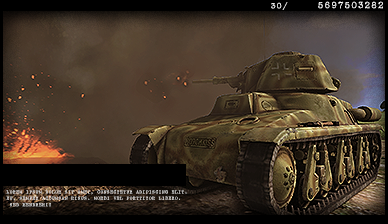
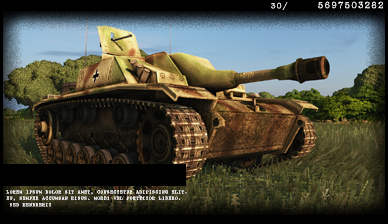
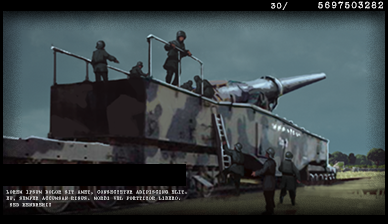
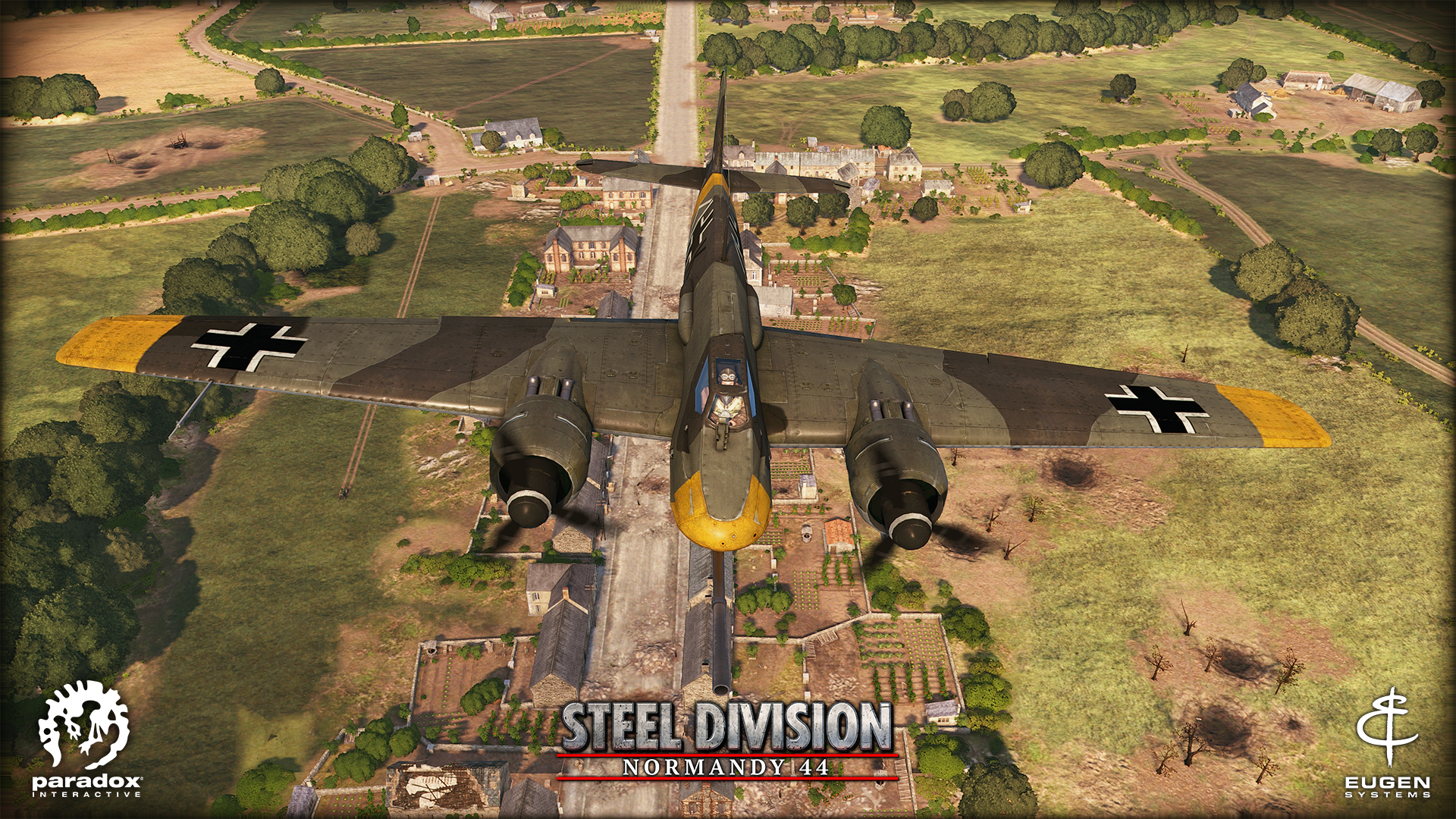

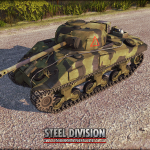
Glen Chen
June 28, 2017 at 1:45 amI believe the PIR # is wrong. Easy Company of 506th PIR
[EUG]MadMat
June 28, 2017 at 9:14 amYou are right indeed. That’s what’s happening when you write from memory … 🙁
The typo has been fixed, thanks for reporting it. 🙂
repeace125
June 29, 2017 at 1:52 amThat was a nice (long) read ^^ , I appreciate the effort keep them coming!
imnobody
July 7, 2017 at 2:16 pmcan i question?
do u know bef pz 3 have no main gun?
[EUG]MadMat
July 21, 2017 at 2:06 amOur Befehlpanzer are platoon commanders … which had “command” tanks (with additional radios), although the latter hadn’t a special designation, unlike the “official” Befehlpanzer which were battalion or regimental command vehicles, without guns indeed.
Therefore, literally speaking, we are right to call them Befehlpanzer, which they are, although the name was given to them exactly.
ggg
July 7, 2017 at 6:17 pmMadMat.may i ask you a question 🙂 ?
will eugen make new Wargame series ?
[EUG]MadMat
July 10, 2017 at 4:16 pmThere’s no such plan at the moment.
subwaysurfer
August 25, 2017 at 6:00 amOne of my favorite game is war game and this is one of them.